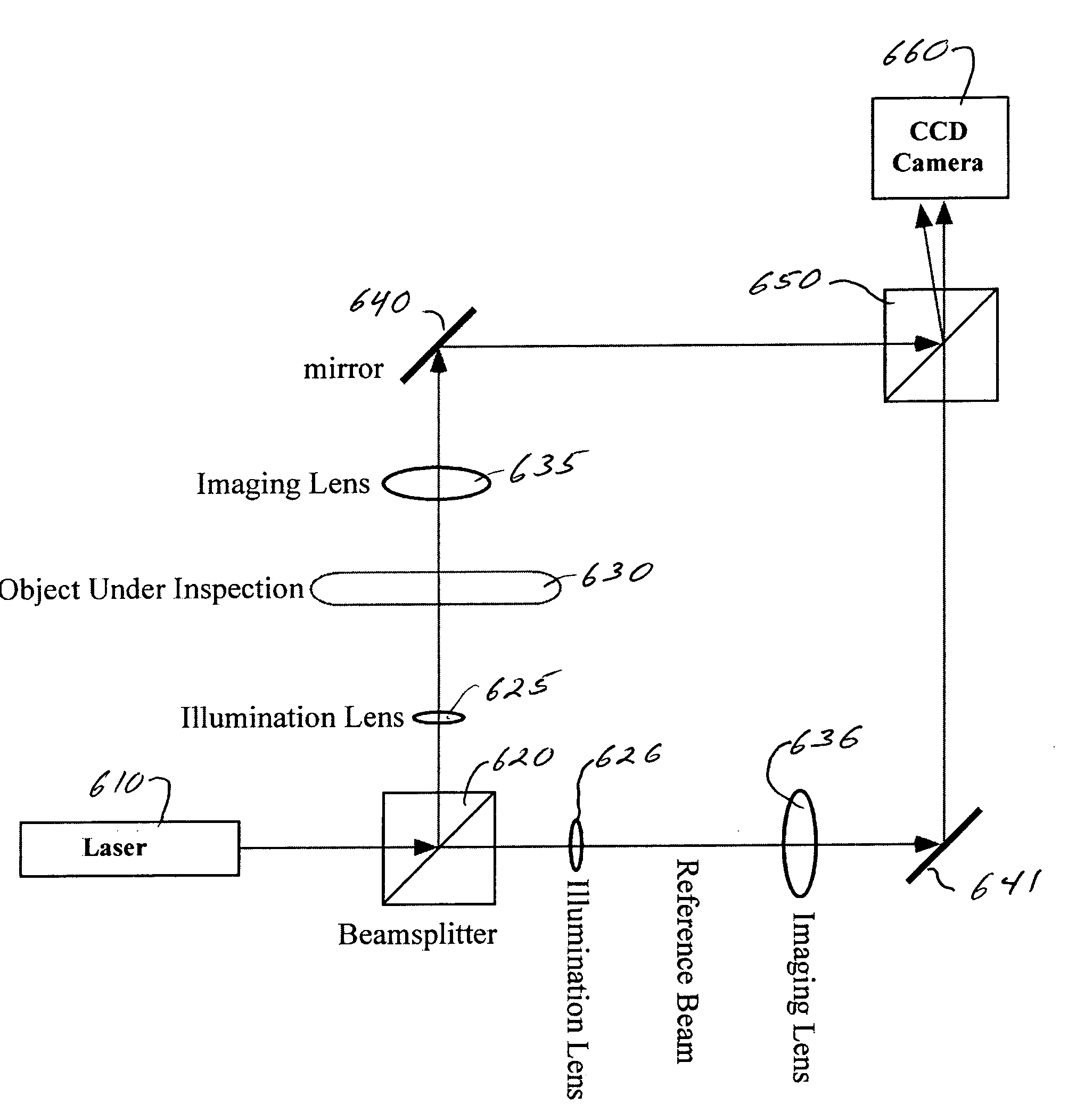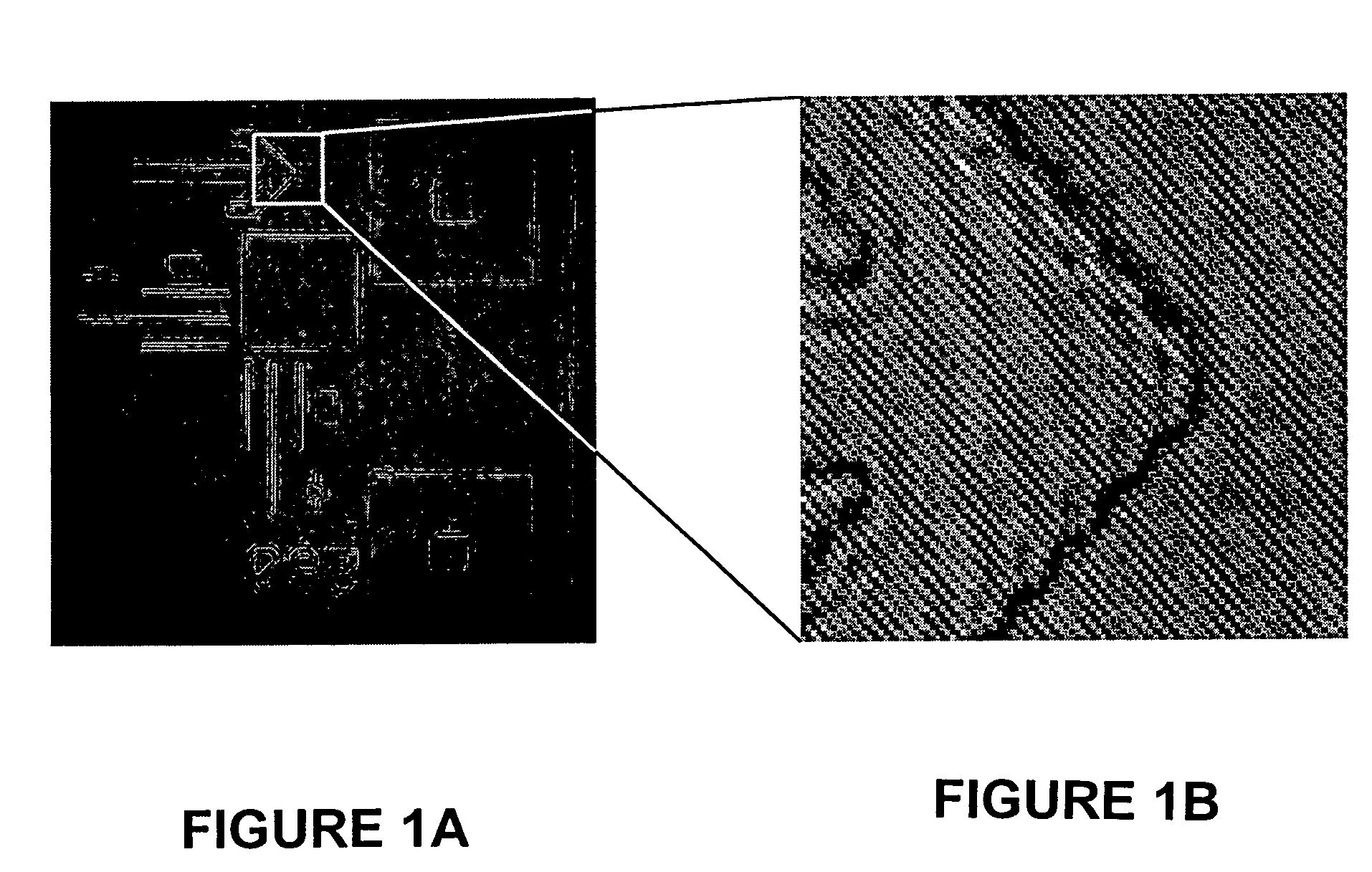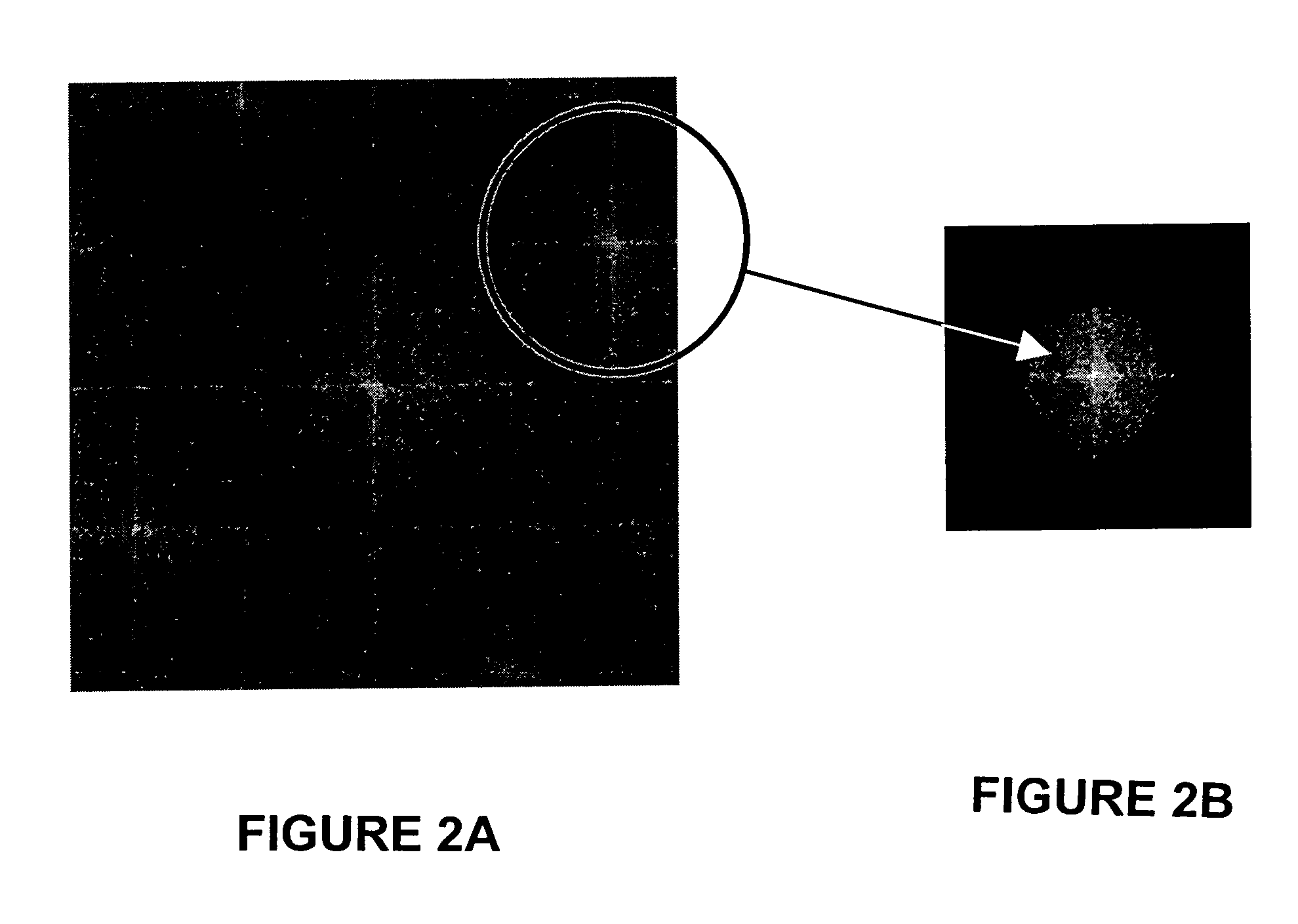Spatial-heterodyne interferometry for transmission (SHIFT) measurements
a technology of spatial heterodyne and transmission, applied in the field of spatial heterodyne interferometry, can solve the problems of long scan, no complex wavefront information, and no information regarding the interior of an object of interest provided by ddh
- Summary
- Abstract
- Description
- Claims
- Application Information
AI Technical Summary
Benefits of technology
Problems solved by technology
Method used
Image
Examples
examples
Specific embodiments of the invention will now be further described by the following, nonlimiting examples which will serve to illustrate in some detail various features. The following examples are included to facilitate an understanding of ways in which the invention may be practiced. It should be appreciated that the examples which follow represent embodiments discovered to function well in the practice of the invention, and thus can be considered to constitute preferred modes for the practice of the invention. However, it should be appreciated that many changes can be made in the exemplary embodiments which are disclosed while still obtaining like or similar result without departing from the spirit and scope of the invention. Accordingly, the examples should not be construed as limiting the scope of the invention.
example set 1
The invention can include a method for measuring (in a single high-speed digital image capture) the complex wavefront of an electromagnetic wave after it passes through an at least partially translucent material, using Spatial-Heterodyne Interferometry (SHI). Measuring the complex wavefront gives the absorption and phase shift incurred by the electromagnetic wave while passing through the object material. Spatial-Heterodyne Interferometry For Transmission (SHIFT) measurements use a small angle between the object beam and the reference to create a set of linear fringes that spatially heterodynes the transmitted wavefront. The inventors have realized the importance of the measurement of transmitted complex-wavefronts for objects such as translucent materials, lithography masks, and biological samples. In contrast to traditional phase shift interferometry, spatial-heterodyne interferometry for transmission (SHIFT) measurements allow high speed reconstruction of the measured wavefront ...
example set 2
The invention can include a method and apparatus for acquiring both the reflected and transmitted complex wavefronts of an electromagnetic wave incident on a translucent material for complete inspection / metrology of the material using Spatial-Heterodyne Interferometry (SHI). It also includes a method and apparatus for measuring and combining the transmitted and reflected complex wavefronts simultaneously. When an electromagnetic wave (as from a laser) is incident on a translucent object surface, a portion of the wave energy is transmitted into the material and a portion is reflected from the material surface. A system which can acquire the complex wavefronts for both the transmitted and reflected waves can be used to analyze and inspect both.
Spatial-heterodyne interferometry for reflection and transmission (SHIRT) measurements use the small angle interference to create an interference pattern; however, the method and apparatus have been modified to capture both the transmitted wa...
PUM
 Login to View More
Login to View More Abstract
Description
Claims
Application Information
 Login to View More
Login to View More - R&D
- Intellectual Property
- Life Sciences
- Materials
- Tech Scout
- Unparalleled Data Quality
- Higher Quality Content
- 60% Fewer Hallucinations
Browse by: Latest US Patents, China's latest patents, Technical Efficacy Thesaurus, Application Domain, Technology Topic, Popular Technical Reports.
© 2025 PatSnap. All rights reserved.Legal|Privacy policy|Modern Slavery Act Transparency Statement|Sitemap|About US| Contact US: help@patsnap.com



